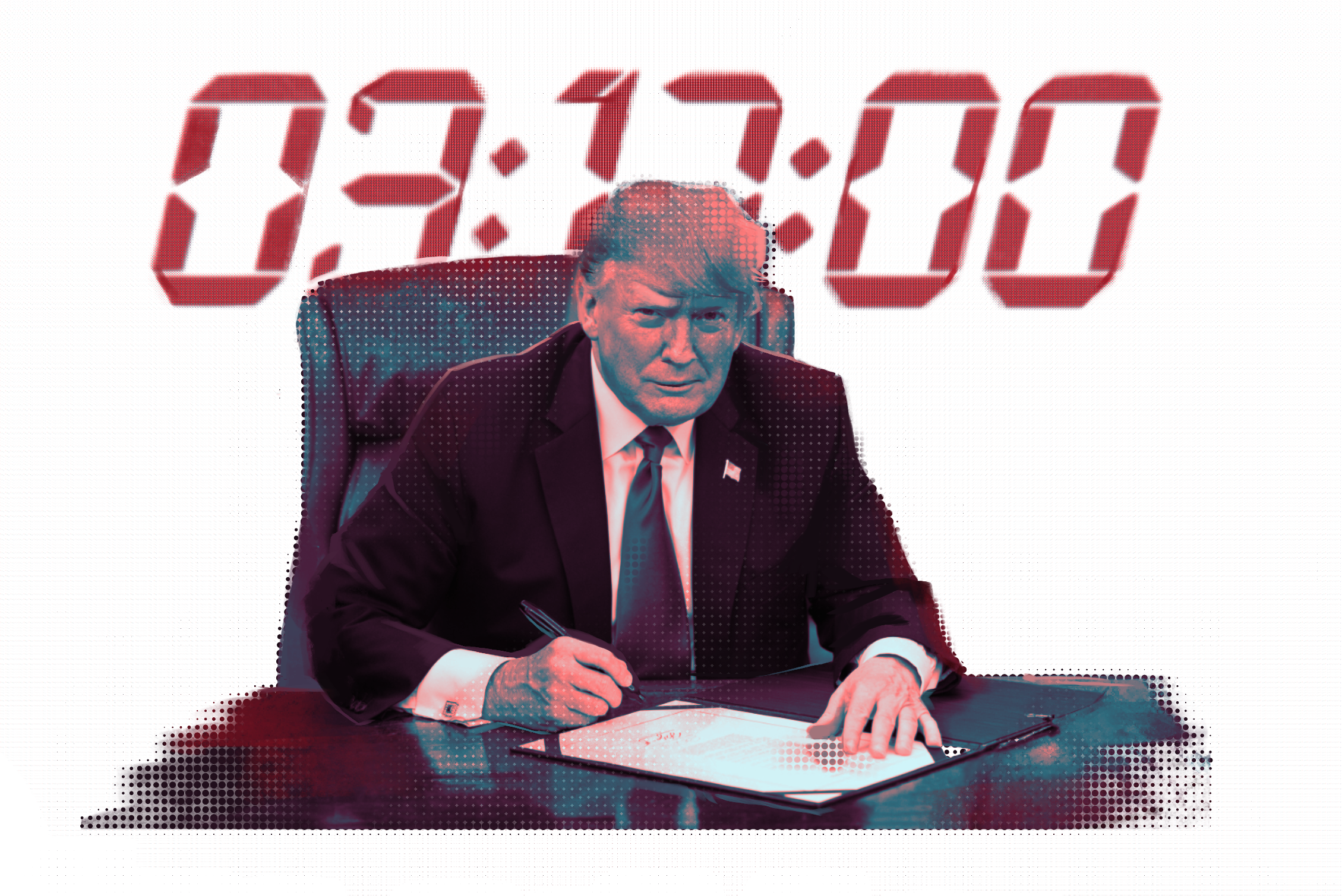Interview by SANA AGARWAL / Photography by ZEASHAN ASHRAF
Be it by scrolling on social media, reading articles or seeing video clips of protests online, I have been overwhelmed by the turmoil in Iran and how little I can do to be helpful in any way. Thus, I decided to interview Arya for this Flipside interview, a 3rd year BA History student at LSE and the LGBTQ+ officer at the LSESU. Arya is currently on a gap year. Being an Iranian citizen and of Iranian descent, these protests are personally significant to him. He has been campaigning both at LSE and online – in podcasts, articles and protests- for Iranian Women.
Iran is a long standing battleground for human rights. The death of Iranian Kurdish woman Mahsa Amini is what sparked the current wave of protests. Mhasa Amini died after being arrested by Iran’s morality policy for breach of the country’s strict compulsory hijab laws. Amini, who was only 22 years old when she died in the custody of the police, has become the symbol of Iranian women’s fight for freedom.
Protests in Iran have taken place for over 100 years now and they have repeatedly fizzled out after brutal crackdowns from the government. Arya points out how this time is different: “I’ve never seen a group of people rally together so fast and so unified like Iranians during this time, even the most non-political people I’ve ever seen have started posting and talking about it.” Despite Facebook, Twitter and various other social media being banned in Iran and the lack of onsite reporting, Iranians are leveraging the power of the internet to amplify their voices and gather mass support. “It makes you believe in humanity,” Arya expressed.
When asked about the extent to which Arya believes that social media is influential in the political lens, he immediately exclaimed, “We are half the revolution”, explaining how each one of us can enable the movement by a click of a finger. “I always tell people, ‘Just post about Iran.’ The internet is the strongest thing ever. Compared to the West it is even more so in the Middle East, with the digital revolution, your phone is the most powerful activist tool.” The use of social media as a tool has also emerged as an undisputed one for Iranians as a way to communicate and connect with the world around them.
Arya explained how fundraising, despite the economic crisis in Iran, is not a feasible option mainly due to the difficulty in transferring money to Iran. He elaborated that primarily, the protests are revolving around human rights and not the dooming economic crisis hence the best thing an average person can do to support the movement is repost on social media. “The regime is very powerful and very willing. They have dealt with international pressure and sanctions for years and they don’t care. So, awareness really is the biggest thing.” Arya argued that amplifying the voices of Iranians leads them to feel validated and heard by the international community. “Honestly, the best thing you can do is to be aware and to just repost.” Arya has been sharing social media posts, reporting on events, writing blogs, and doing podcasts since the beginning of the protest.
“ A threat to women’s rights is a threat to human rights everywhere. And injustice in Iran is injustice everywhere.’ He expressed. We want to advocate for a better future for all of us, don’t leave anyone behind.”
According to Arya, social media’s power – especially Instagram – is reflected in the billboards in Times Square, the Time Magazine declaring Iranian women to be the heroes of 2022, the support at Paris Fashion Week with Designer Mike Amiri carrying the slogan “Woman, Life, Freedom” or even Shervin Hajipour’s “Baraye” winning the grammy award. He pointed out that the UN expelling Iran from the women’s commission and the European Union voting to designate the IRGC as a terrorist organisation are both the result of social media awareness. He explained that Iran becoming the first country to ever be expelled is “embarrassing, but it was necessary, it is absolutely a win for Iranian Women.”
We then go on to talk about the role of the community in the Iranian movement and the plurality of people coming together in Iran. The LGBTQ+ community in Iran has been fighting for many decades now against the conservative regime and has repeatedly been met with violence and oppression. “They are not the voice of the revolution, but they are fighting very, very hard, alongside them.” He noted that women have always been very integral to all the protests, especially in 2009. On top of that, Kurdish, LGBTQ Iranians and Salukis have been fighting every single day for 43 years, and are now joining hands with the entire Iranian community. This acknowledgement and recognition of long suppressed minority groups and ethnicities have allowed for the unification of Iran. An Iran with different religions, sexualities, and ethnicities coming together for a single cause – the rights of Iranian women.
Arya has also taken on some projects on a personal level, such as his podcast episode “What does resilience look like for Iranian women” with UnTextbooked. Arya interviewed Dr. Janet Afary, a professor from the University of California Santa Barbara about her book Sexual Politics in Modern Iran. The book surveys the queer and feminist histories of Iran in the late 1700s. The podcast talks about how Iranian women have been fighting ceaselessly, how they were able to find agency in their household through their marriage patterns and their methods of fighting which lead to certain victories. “The book is really valuable and helps you understand the nuances of Iranian society.” Arya explained, “Learning about how the 1979 revolution happened has allowed me to better grasp what can be done to make the 2022 revolutions successful and how the regime is living on borrowed time.” Arya has also attended various protests in London, Paris, New York etc.
Talking about the role of LSE and its support for students and staff regarding the Iranian protests, Arya said, “I want 100% support, like the war in Ukraine. I appreciate LSE supporting Ukrainian students and anyone who’s affected by the war in Ukraine. However, I don’t believe in taking away support from one group to support another group. I do think LSE needs to step up its support for Iranian students the way it has for other students. I don’t think it’s fair.”
Arya, being the LGBTQ+ officer at the SU, noted that he enjoys his time working as a group of people trying to do their best for the students. He also pointed out that when the SU issued the statement about Iran, all the societies followed through, which proved to be recognition and support towards the cause. He further talked about the role of LSE as an academic institution “It has to take care of its students, and its staff. They don’t seem committed to Iranian students. I want more mental health support. I also want to see LSE do better for scholars.”
He elaborated by bringing up the need for inclusion of Iranians in the “Scholars at Risk Programme”, which allows scholars at risk in their home country to be hosted by LSE for a period of two years. “I want Iranians to be able to get their visa sponsored in the UK and be able to seek asylum in the UK, as well as be funded and have a job at LSE without the fear of the government coming after them.” Arya expressed the importance of this step and he is actively working on the inclusion of Iranian scholars in the scheme. “I am going to try to be in the room every time so as to make this happen. It is the most important thing LSE can do right now.”
He noted that these protests have helped him come closer to Persian culture and other fellow Iranians. “My Farsi is good, but it’s not great, and I began taking Farsi lessons again. I have a Persepolis statue on my nightstand. And I never would have done that before. I’ve been celebrating Yalda night. I’ve been reconnecting with my family.” Hearing this made me smile as it is also the little tiny ways in which the diaspora is rekindling, reuniting, carrying the heavy weight of fighting this brutal regime together. “If you were once disconnected from your culture, now’s the time.”





